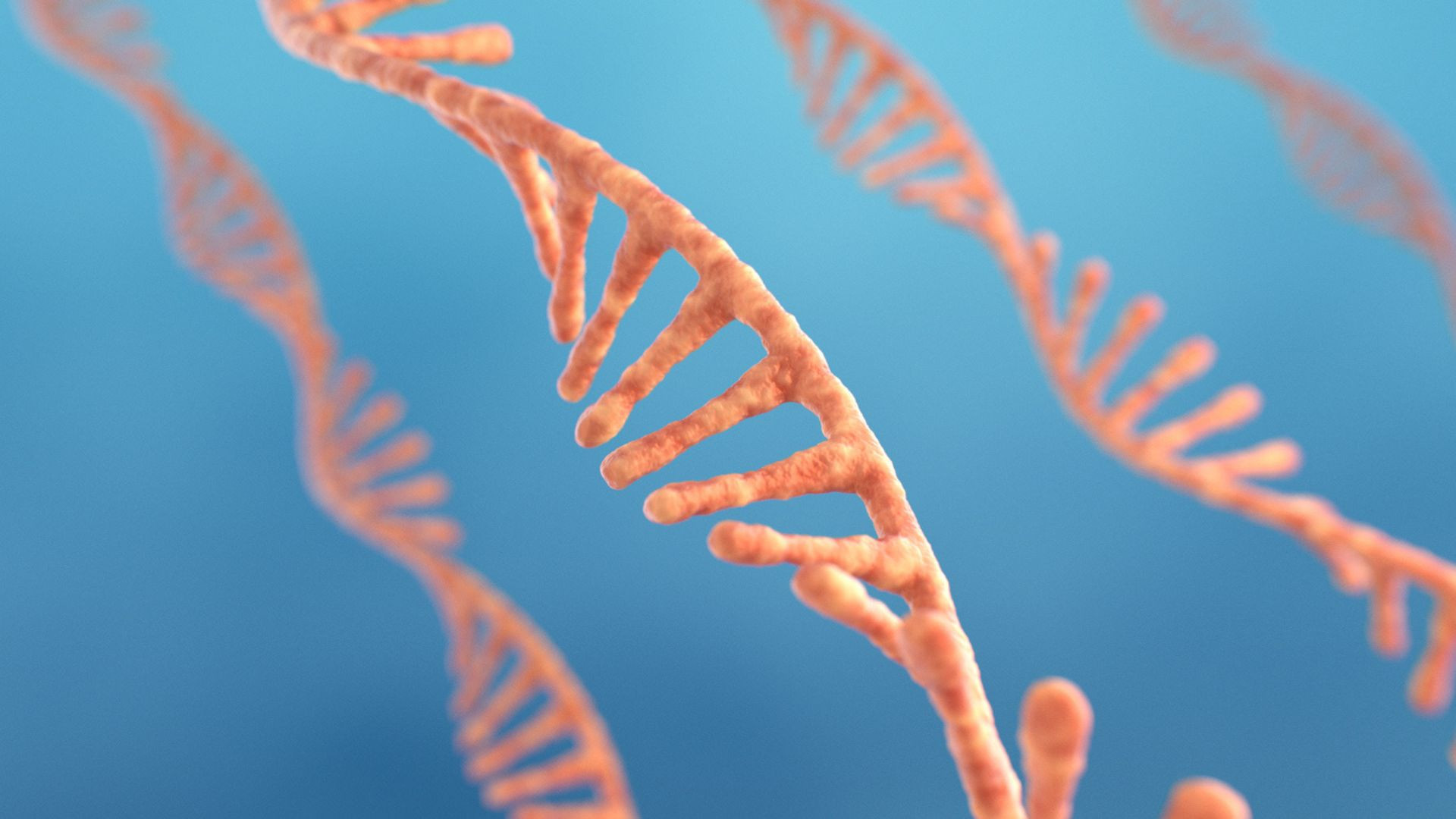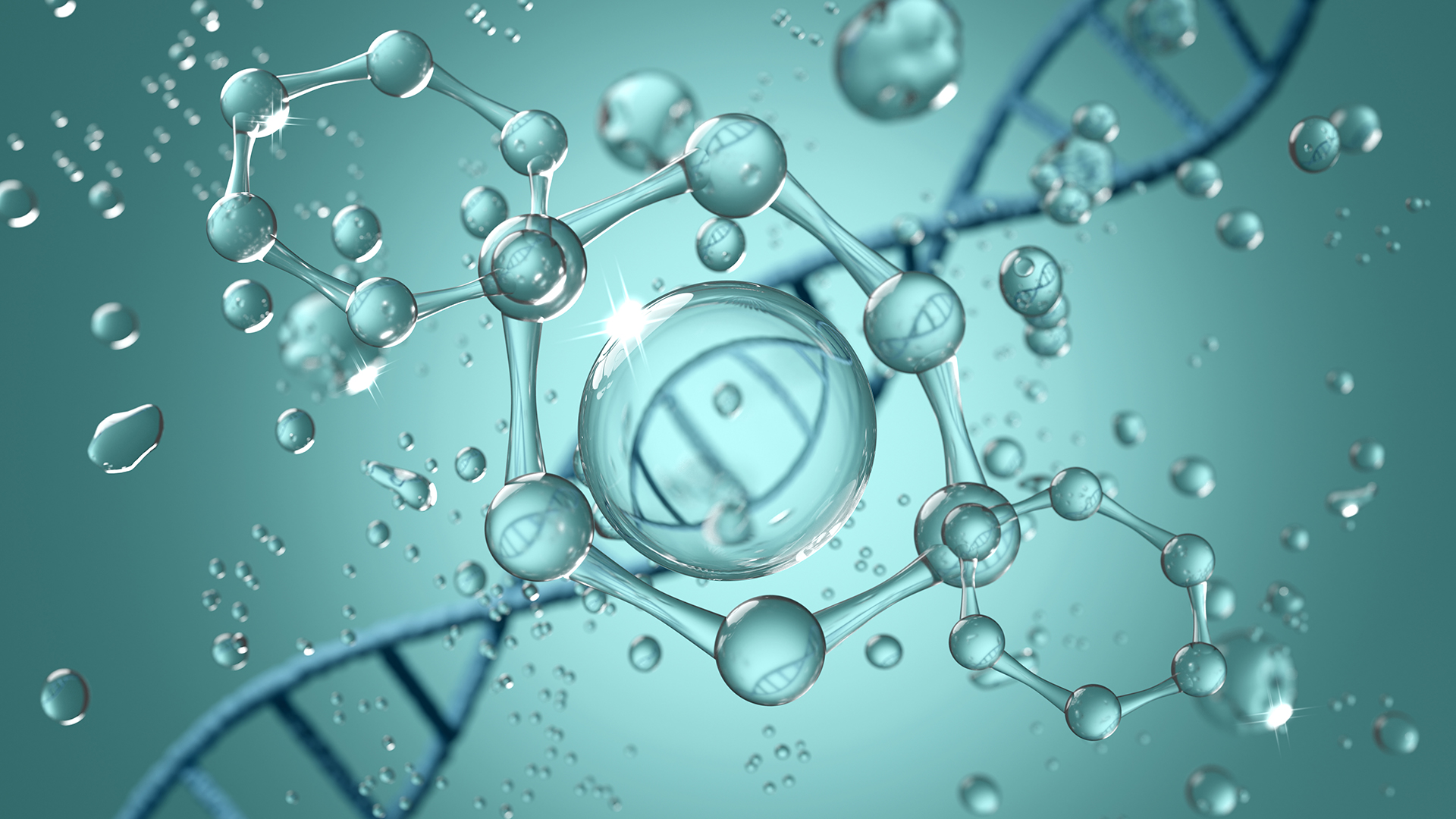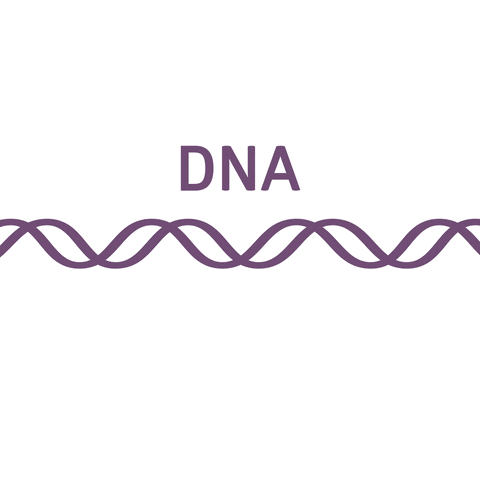Life on Earth originated about 3.7 billion years ago. Although this is an important milestone in our planet’s history, the exact molecular mechanisms behind its occurrence remain largely unknown.
Scientists have proposed many theories to explain the origin of life. Two stand out: the primordial soup theory and the RNA world hypothesis.
Both theories follow a linear way of thinking, trying to focus on a single molecule or class of molecules that gave rise to life on Earth.
However, one of the main challenges with this linear thinking is the uncertainty about which particular molecule or class of molecules arose first, since the complex chemical networks that sustain life probably did not originate from a few highly complex molecules.
So now scientists are looking at a different scenario. A study published in Journal of the American Chemical Society now proposed this coevolutionary model in which many molecules (such as peptides and nucleic acids) evolve together.
Rather than a single molecule being the source of life, as traditionally believed, the interdependence between different classes of molecules is critical to the emergence of life.
Let’s explore this alternative approach and explore how this new perspective helps address the complexities of prebiotic chemistry and the challenges of identifying a single starting point for life.
Theories about the origin of life
Prebiotic chemistry is a branch of biochemistry that studies chemical reactions and processes that occurred before life on Earth.
There are currently two main theories about the origin of life. First, let’s look at the primordial soup theory.
Primal soup theory
In the 1950s, Stanley Miller and Harold Urey presented this theory, suggesting that life on Earth originated in a “primordial soup,” a mixture of organic molecules.
Imagine that the early Earth had an atmosphere rich in gases like ammonia and methane. These gases were subjected to lightning, which led to the formation of complex organic molecules such as amino acids (these are the basic building blocks of life).
These complex organic molecules gathered in Earth’s oceans over time and became primary soup which ultimately promoted life.
The RNA World Hypothesis
On the other hand, the RNA World Hypothesis suggests that RNA spontaneously appeared on Earth as a precursor to life. According to this theory, RNA molecules were critical in the early stages of life’s development because they store genetic information and catalyze chemical reactions.
Think of RNA, or ribonucleic acid, as a cousin of DNA. While DNA has two strands and is considered the blueprint for life, RNA carries genetic information and has only one strand.
The primordial soup theory is supported by experiments such as the Miller-Urie experiment, which demonstrated the ability to generate organic molecules under recreated early Earth conditions. Despite experimental evidence, the theory cannot specify which molecules or components in the soup caused life to develop.
Similarly, the RNA world hypothesis is supported by the discovery of ribozymes, which are RNA molecules that function like RNA and also catalyze reactions! The versatility of RNA has also been suggested to support its role in the origin of life.
Yet, it cannot explain the spontaneous formation of RNA molecules on the early Earth and whether they could organize the complexity of the beginning of life on their own.
The proposed alternative
Given the limitations of both theories, the researchers in this study introduced the idea that peptide amyloids with their repeating structure played a key role in the emergence of life.
Peptide amyloids, sometimes just called amyloids, are aggregates of short chains of amino acids known as peptides. These peptides arrange in a specific way to create folded sheet-like structures that interact with each other to create a stable and ordered fibrous structure.

Amyloids are considered prebiotically relevant because of their unique properties that may have influenced early stages of life. Here are four main reasons researchers should focus on them:
- Some amyloids can exhibit self-replicating behavior. This parallels a fundamental property of living organisms – the ability to reproduce or make copies of themselves.
- Some amyloids exhibit catalytic abilities, accelerating chemical reactions such as complex biochemical processes.
- Amyloids have a stable and ordered structure, providing a scaffold for interactions with other molecules. This structural stability may have contributed to the organization of early molecular systems.
- Amyloids can interact with nucleotides (building blocks of DNA and RNA). This interaction may have influenced the formation and stability of the genetic material in the prebiotic environment.
RNA-amyloid interactions
While challenging traditional theories, researchers delve into the complex dynamics of RNA-amyloid interactions to reveal a fascinating account of co-evolution.
Interaction between genetic material and amyloids
Researchers have synthesized a variety of peptide amyloids, but all have been designed with a focus on replicative potential and structural stability. They exposed the short RNA sequences to amyloid, wanting to understand the binding patterns between the two and how this affected the RNA’s stability.
The researchers observed a unique sequence-dependent binding mechanism between the two, suggesting that binding is influenced by the sequence of nucleotides in the RNA molecules.
The mutually beneficial bond stabilizes the structure of amyloids, demonstrating their periodic and well-defined nature, while acting as a gatekeeper by limiting RNA hydrolysis (which is the breakdown of RNA).

The study notes that the binding of small RNAs and peptide amyloids involves at least three ribonucleotides.
Binding itself depends on general electrostatic interactions (which are interactions between charged particles) and other interactions based on the RNA sequence. In other words, the interactions are a mixture of overall affinity and specific binding through specific parts of the RNA molecules.
Amyloids as catalysts
In addition, the researchers challenge traditional views about the origin of the genetic code. They suggest that the specificity of the genetic code arose before larger RNA molecules capable of binding to amino acids.
The periodic and well-defined surface of amyloids was also identified as having the potential to increase the local concentration and order of nucleotides. This means that they can act as catalysts in biological reactions involving nucleotides.
The researchers suggest that sequence-selective interaction combined with the catalytic ability of amyloids may have played a role in the synthesis of individual and longer ribonucleotides, a significant step in the evolution of catalytic RNAs.
Conclusion
Traditional linear accounts of the primordial soup and the RNA world hypothesis find a thought-provoking companion in a coevolutionary theory.
The researchers’ discovery that amyloids can bind to DNA and RNA and affect their stability opens a new chapter in our understanding of the origins of life.
Most importantly, the research calls into question our understanding of evolutionary dynamics. It suggests cooperation rather than competition as the force driving the evolution of the early Earth.
The stabilizing interaction between amyloids and genetic material, increasing the stability of both, hints at a cooperative endeavor that may have been instrumental in the emergence of life. “After all, there probably wasn’t a shortage of space or resources back then,” said Prof. Roland Riek, lead author of the study, in a press release.
In the ancient primordial soup, where molecules drifted in a sparse and disordered environment, cooperation between molecules may have been vital, and amyloids were crucial to the emergence of life.
FOR THE EDITOR
Tejasri Gururaj Tejasree is a multifaceted Science Writer & Communicator, using his experience from a Master’s degree in Physics to make science accessible to all. In her free time, she enjoys spending quality time with her cats, binge watching TV shows and rejuvenating by taking naps.




